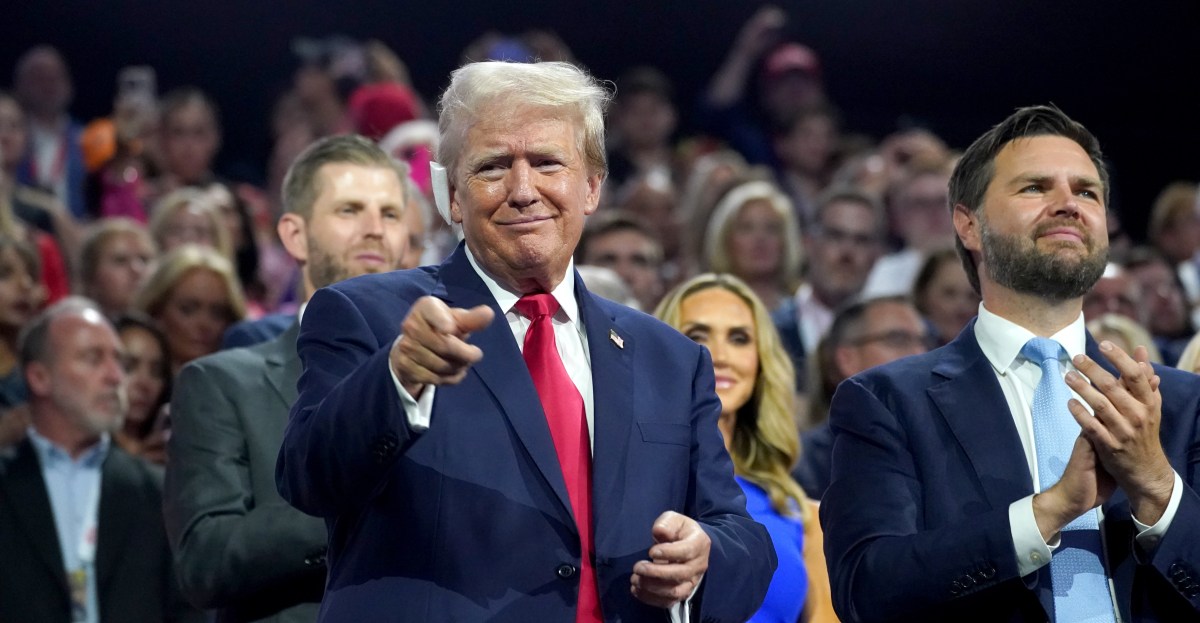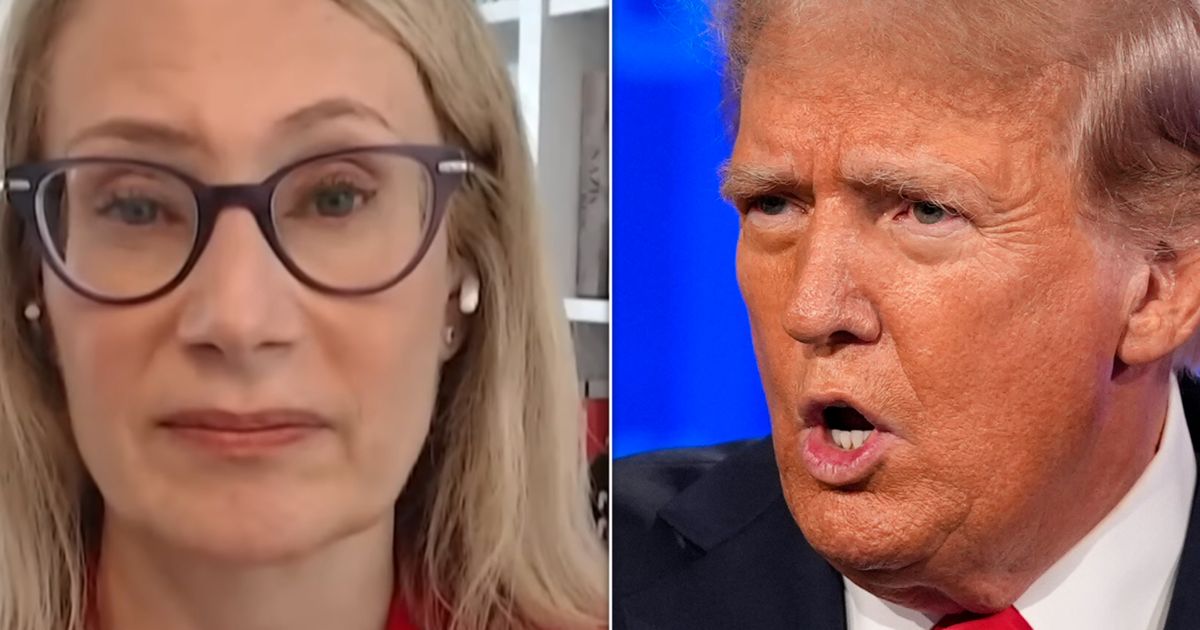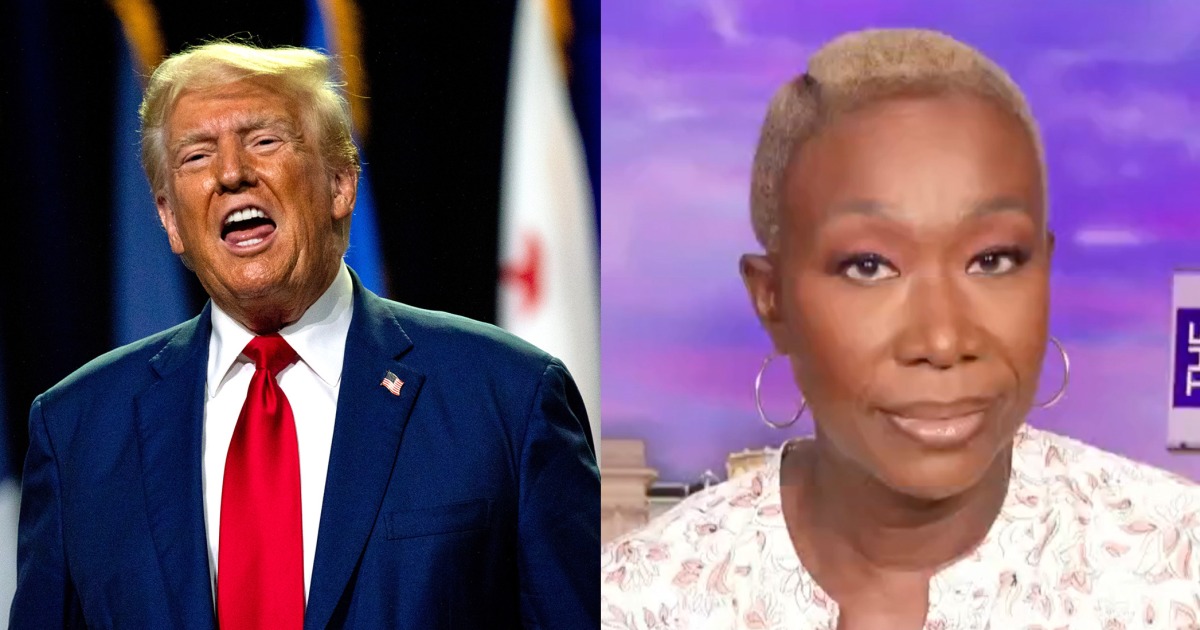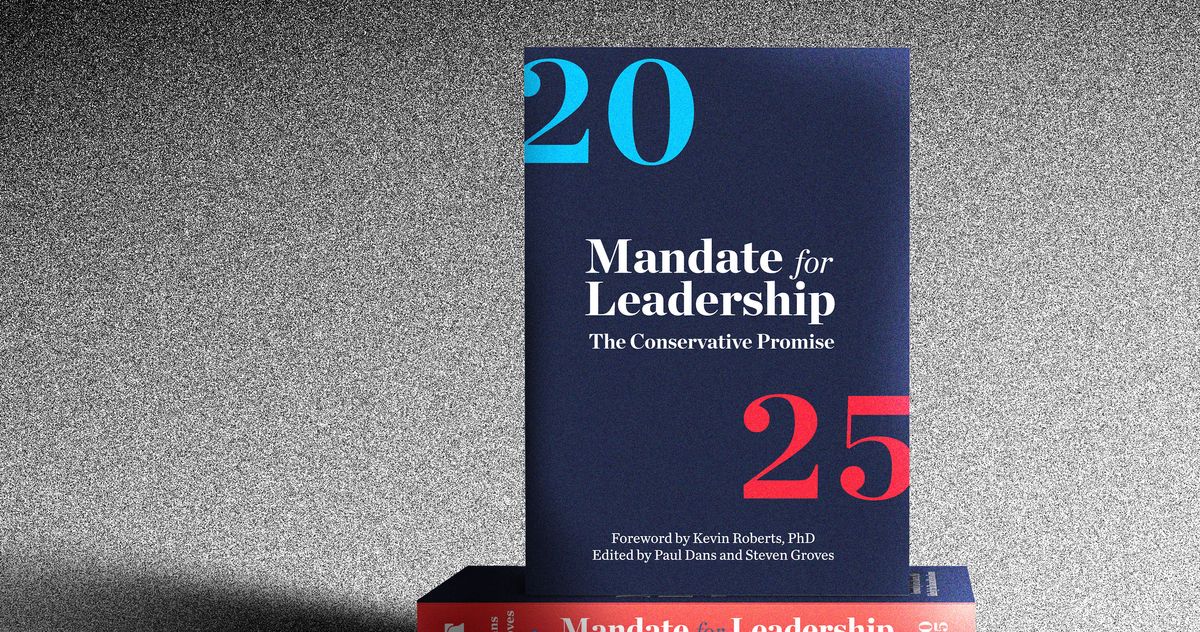Originally at https://www.vox.com
In one of the more interesting moments of the first night of the Republican National Convention, South Carolina’s Sen. Tim Scott claimed that former President Donald Trump surviving Saturday’s assassination attempt was nothing short of a miracle.
“Our God still delivers, and he still sets free. Because the devil came to Pennsylvania holding a rifle, but the American lion got back up on his feet,” Scott said, following up the sermon with a roar into the microphone. The crowd roared right along with him.
When Scott spoke, you could hear the crowd’s energy rising — as you could basically any time anyone mentioned Trump or the attempt on his life. But as a general rule, the programming devoted to the night’s main theme of economic policy was also its most flaccid.
As much as the various speakers bemoaned inflation, virtually none of them had much of an idea for what to do about it. The closest thing to a policy rallying cry, “no tax on tips,” remained more of a slogan than an actual policy. The most electrifying speech of the night, from Teamsters President Sean O’Brien, didn’t actually endorse Trump or the Republican platform — and divided the audience against itself.
In short, Monday night’s events mostly pointed to a party remaining hyper-fixated on the deification of Donald Trump — and largely uninterested in what he might do in policy terms. But does that mean the Republican Party of 2024 stands for nothing?
The Republican Party is in the midst of a Trumpian makeover, working to meld elements of its old identity, like tax cuts and deregulation, with its new populist attitude on issues like trade. Putting this together in anything like a coherent package is hard to do, especially at a big public event.
But the GOP does have some ideas on how to do it. And if you read two key documents in tandem — the RNC’s platform and the Heritage Foundation’s Project 2025 — you can begin to glimpse the contours of a second Trump term.
A party’s convention platform amounts to a promise to voters, and politicians actually do tend to keep their policy promises (or at least try to). In a 2018 paper, political scientist E. J. Fagan found that the issues in the president’s platform are disproportionately likely to produce legislation and committee hearings (at least when the winning presidential candidate’s party also controls Congress).
That’s why the written GOP platform is so important — it gives us a sense of what the next four years would look like under Trump.
On one level, the document is somewhat farcical. Coming in at just 16 pages, far less than the 50- to 75-page historical average, it’s riddled with bizarre capitalization choices seemingly designed to mimic Donald Trump’s social media posting style. And many of its alleged policies are every bit as vague as the on-stage programming.
On foreign policy, for example, the platform announces that “Republicans will strengthen Economic, Military, and Diplomatic capabilities to protect the American way of life from the malign influences of Countries that stand against us around the World.”
Yet at the same time, the document is directionally quite clear: It tells you the big-picture aspirations Republicans would actually try to make reality when in power.
On immigration, it calls for the “largest Deportation Program in American History.” On trade, it proposes an across-the-board tariff on all foreign-made goods. On democracy, it calls for punishing “those who have misused the power of Government to unjustly prosecute their Political Opponents” — a thinly veiled threat to open a criminal investigation into both President Joe Biden and the prosecutors who have indicted Donald Trump.
The platform, in short, ratifies Trumpism: turning the cornerstones of his public rhetoric into the officially sanctioned Republican Party policy. Free markets and individual liberty are out; “national conservatism” is in.
Of course, the thinness of the document means that it’s not always clear how this vision is meant to be translated into action. And that’s where outside parties come in — most notably, the Heritage Foundation’s Project 2025 blueprint for a second Republican term.
The now-infamous document puts meat on the platform’s bones: It details a set of proposals for how to take the RNC’s vague Trumpy principles and turn them into actual, concrete policy. In essence, it is serving as the policy shop for a party uninterested in doing its own homework.
“A big reason Project 2025 is so salient is because the *actual* Trump campaign has essentially zero policy apparatus and the ‘platform’ is just Trump Truth Social posts, strung together,” as MSNBC host Chris Hayes wrote on Twitter/X.
Indeed, the connections between the two are fairly direct.
Russ Vought, the influential author of a Project 2025 chapter on executive branch staffing, also served as the policy director in the committee drafting the 2024 platform. The Heritage Foundation, which published Project 2025, is a lead sponsor of the RNC festivities — with its banners hanging from the entrance hall.
So while it might be hard to discern an agenda from the Republican National Convention itself, there’s a deep and well-developed policy plan behind the scenes. It’s far more fleshed out than anything Trump brought to the Oval Office in 2016, and this time, there’s a team ready to implement it.
Read the Original Story




